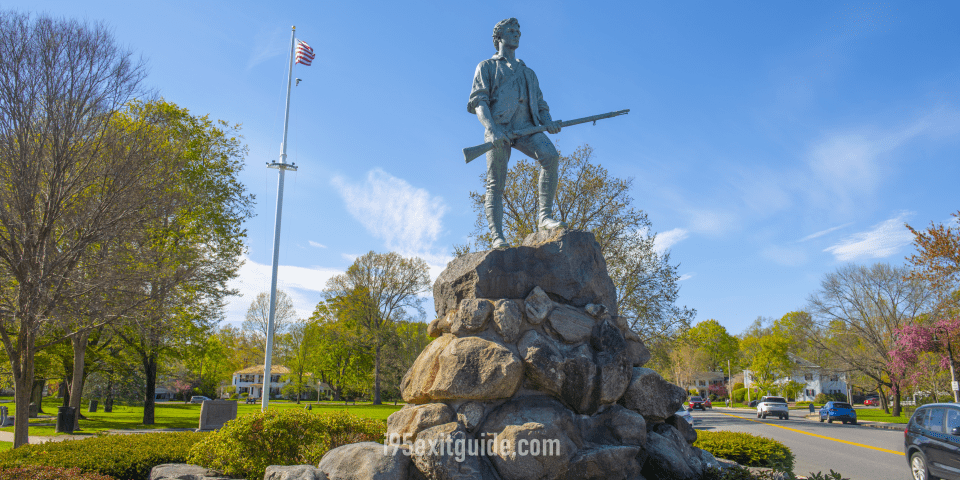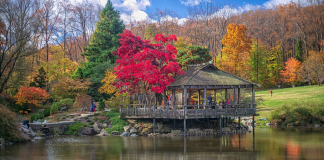If you’re traveling through Massachusetts on I-95, you’re within easy reach of one of America’s most significant historical sites—Minute Man National Historical Park in Concord. This remarkable park preserves the opening battle sites of the American Revolutionary War, where on April 19, 1775, colonial militia and British regulars exchanged fire in conflicts that would change the course of world history. Here’s everything you need to know about this essential American destination.
Understanding the Park’s Significance
Minute Man National Historical Park isn’t just another historical site—it’s where the American Revolution exploded from political theory into armed conflict. The events of April 19, 1775, transformed colonial resistance into open rebellion. When British troops marched from Boston to seize military supplies in Concord, they encountered determined colonial militia who refused to back down. The resulting battles at Lexington, Concord’s North Bridge, and along Battle Road marked the point of no return in the colonies’ relationship with Great Britain.
The park was established in 1959 to preserve these battlegrounds and tell the story of that fateful day when, as Ralph Waldo Emerson wrote, embattled farmers “fired the shot heard round the world.”
Park Details
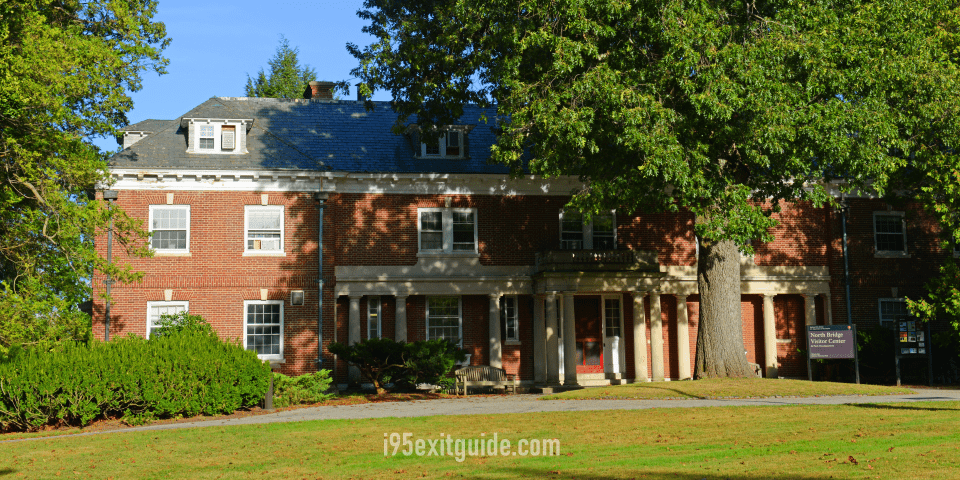
The Minute Man Visitor Center: Your Starting Point
Begin your visit at Minute Man National Historical Park at the Visitor Center, located on Route 2A in Lexington. This modern facility offers an excellent orientation to the events of April 19, 1775. The center features a compelling multimedia presentation called “The Road to Revolution,” which runs about 30 minutes and provides crucial context for understanding why tensions between colonists and British authorities reached a breaking point.
The visitor center also houses fascinating exhibits with original artifacts, including weapons, uniforms, and personal items from both British soldiers and colonial militia. Interactive displays help you understand 18th-century military tactics and the social conditions that led to revolution. Park rangers are available to answer questions and provide recommendations for exploring the park based on your interests and available time.
Before leaving the visitor center, pick up a park map and ask about ranger-led programs, which vary seasonally but often include guided walks, musket demonstrations, and special presentations.
Battle Road Trail: Walking in Historic Footsteps
One of the Minute Man National Historical Park’s highlights is the five-mile Battle Road Trail, which follows the approximate route of the historic road where colonial militia harassed retreating British troops throughout the afternoon of April 19. This multi-use trail is perfect for walking, jogging, or cycling, and it passes through beautiful New England woodlands and meadows that evoke the landscape those Revolutionary soldiers would have known.
The trail is relatively flat and accessible, with numerous interpretive signs explaining tactical positions and significant events. Along the way, you’ll encounter several restored historic structures, including the Hartwell Tavern, a working colonial-era tavern where costumed interpreters demonstrate 18th-century daily life during summer months.
The Paul Revere Capture Site marks the spot where British patrol troops detained the famous messenger, preventing him from reaching Concord (though his companions Samuel Prescott and William Dawes continued the alarm). The Bloody Angle section marks one of the fiercest skirmishes during the British retreat, where colonial militia inflicted significant casualties from behind stone walls.
You don’t need to walk the entire five miles—numerous parking areas allow you to explore shorter sections. Even a mile or two will give you an authentic sense of the terrain and the running battle that unfolded here.
The North Bridge: “The Shot Heard Round the World”
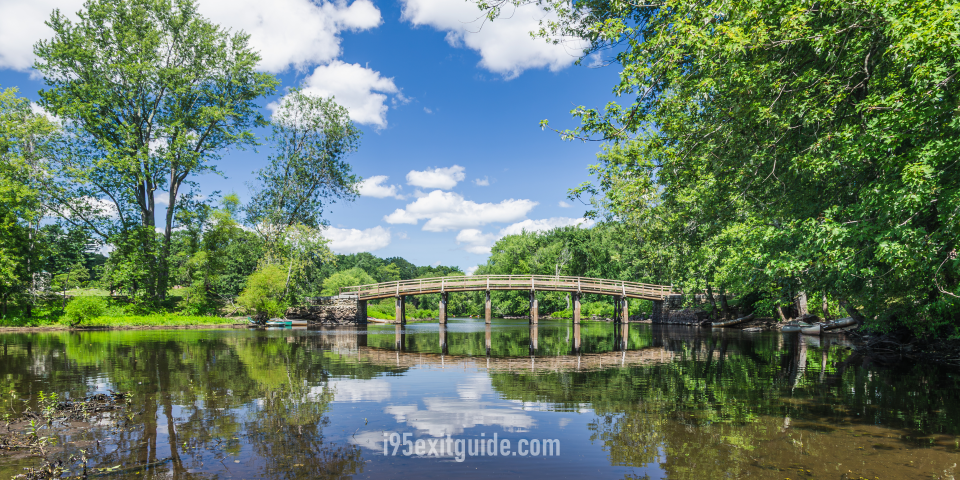
No visit to Minute Man National Historical Park is complete without walking to the North Bridge in Concord, where colonial militia first successfully engaged British regulars in organized combat. This is where approximately 400 colonial militia confronted British troops who had been searching for military supplies, and where the colonists fired upon the regulars, killing and wounding several soldiers.
The current bridge is a replica (the original was removed long ago), but it spans the Concord River at the exact historic location. On the Concord side stands Daniel Chester French’s iconic Minute Man statue, depicting a colonial farmer-soldier with musket in hand, leaving his plow to defend liberty. The statue’s inscription includes Emerson’s famous lines from his “Concord Hymn.”
The North Bridge area at Minute Man National Historical Park features a visitor center with exhibits focusing specifically on the Concord fight. The surrounding landscape has been carefully preserved, with open fields and split-rail fences recreating the 1775 appearance. Walking paths lead along both sides of the river, and interpretive signs explain the tactical situation and sequence of events.
Across the bridge, you’ll find grave markers for two British soldiers killed in the fighting—a poignant reminder that the day’s events were tragic for men on both sides. The British soldiers’ graves represent some of the first British military casualties of the Revolutionary War.
The Wayside: Home of Literary Giants
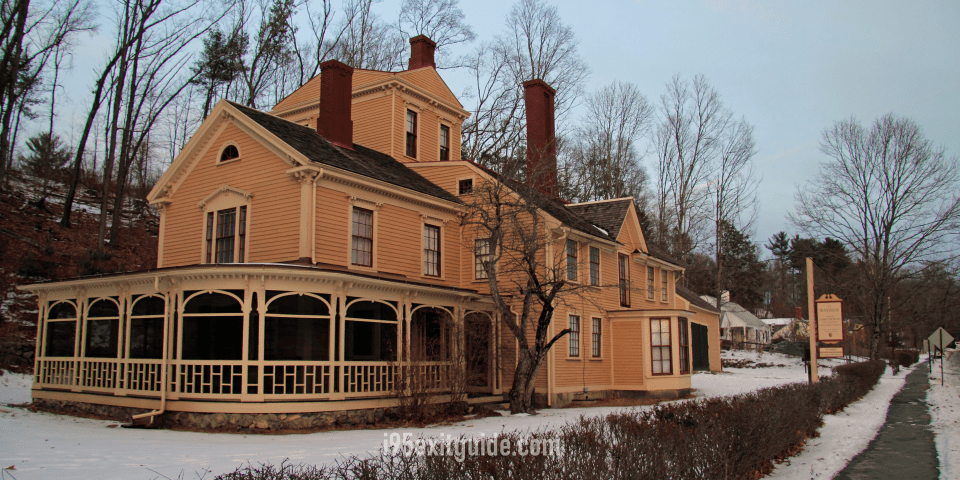
Within the Minute Man National Historical Park boundaries stands The Wayside, a historic house with remarkable literary connections. This home was successively occupied by the Alcott family (including author Louisa May Alcott), author Nathaniel Hawthorne, and children’s book publisher Margaret Sidney. The house offers guided tours seasonally, providing insight into 19th-century life and the Transcendentalist movement that flourished in Concord.
The Wayside connects the Revolutionary history with Concord’s later role as a center of American literature and philosophy, reminding visitors that the town continued to shape American thought and culture long after the battle.
Seasonal Considerations and Best Times to Visit
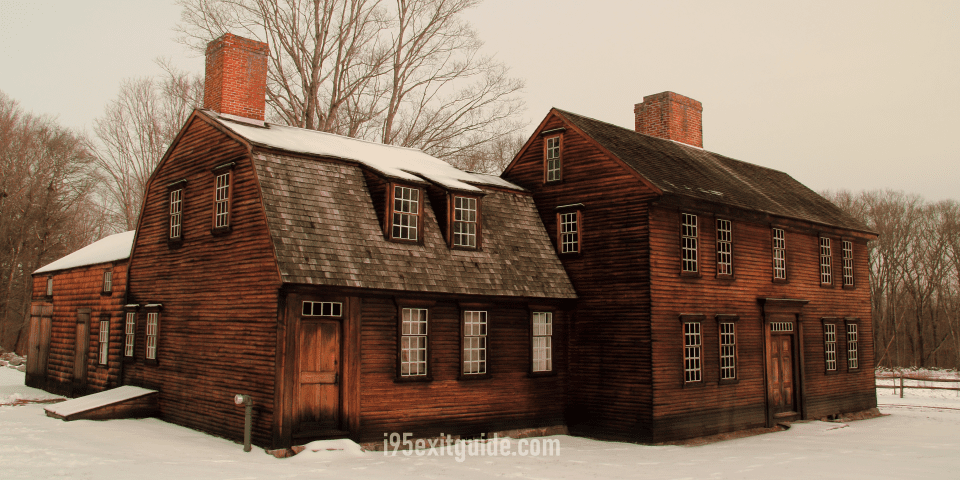
Minute Man National Historical Park is open year-round, though facilities and programs vary by season. Spring through fall offers the most comprehensive experience, with all visitor centers open, costumed interpreters active, and the landscape at its most beautiful. April 19 (Patriots’ Day) features special commemorative events, including battle reenactments, though crowds are substantial.
Summer provides the fullest programming, including ranger-led walks, musket firing demonstrations, and living history presentations at Hartwell Tavern. The weather is ideal for hiking the Battle Road Trail, though be prepared for humidity and bring water.
Fall offers spectacular New England foliage, making it perhaps the most visually stunning time to visit. The crowds thin out after summer, providing a more contemplative experience.
Winter visits are quieter and offer a different perspective—imagine the landscape under snow, and consider how weather affected military operations. Some facilities close, but the grounds remain accessible.
Planning Your Visit: Time Requirements
The amount of time you should budget at Minute Man National Historical Park depends on your interest level. A quick visit hitting the main highlights—Minute Man Visitor Center, North Bridge, and perhaps a short walk on Battle Road—takes about two to three hours. A more thorough exploration, including multiple stops along Battle Road, historic house tours, and ranger programs, could easily fill a full day.
If you’re traveling with children, the park offers Junior Ranger programs that engage young visitors with activity booklets and the opportunity to earn badges. The open spaces along Battle Road Trail are perfect for kids to burn energy while learning history.
Nearby Attractions in Concord
If you have additional time, Concord offers numerous other attractions within walking or short driving distance. Sleepy Hollow Cemetery contains the graves of Emerson, Thoreau, Hawthorne, and the Alcotts in the “Authors’ Ridge” section. Walden Pond, where Henry David Thoreau conducted his famous experiment in simple living, is a Massachusetts state reservation just south of town, offering swimming, hiking, and a replica of Thoreau’s cabin.
The Concord Museum, though not part of the national park, houses one of the lanterns from Old North Church (“one if by land, two if by sea”) and extensive collections of Revolutionary and Transcendentalist artifacts. Downtown Concord features charming shops, restaurants, and the Colonial Inn, which served as a hospital during the battle.
Practical Tips
Admission to Minute Man National Historical Park is free, though there’s a small fee for parking at the North Bridge area during peak season. Wear comfortable walking shoes, as you’ll want to explore on foot. Bring water, especially if hiking Battle Road Trail. The park has limited food services, so consider packing snacks or planning a meal in Lexington or Concord center.
Cell phone coverage is generally good, and the park offers a free app with GPS-enabled walking tours. Public restrooms are available at visitor centers and major sites.
Hours/Admission/Directions
Address:
Minute Man National Historical Park
North Bridge / Park Headquarters
174 Liberty St.
Concord, Massachusetts 01742
Telephone: (978) 369-6993
Website: https://www.nps.gov/mima/index.htm
Hours of Operation:
The grounds of Minute Man National Historical Park are open daily, year round, from sunrise to sunset.
Minute Man Visitor Center
Daily 9:00 am – 5:00 pm through October 31, 2025
North Bridge Visitor center
July – October 10:00 am – 5:00 pm
Admission:
There is no fee to visit or park at Minute Man National Historical Park.
Directions:
From I 95/Rt 128 take exit 46B (old exit 30B), Rt 2A West. You will go through two sets of lights and see signs that you are entering the park. Continue on Rt 2A West for about a quarter of a mile. You will pass by Minute Man Visitor Center on your right. Continue for approx. 100 yards and the Minute Man National Historical Park parking area is on your right. If you pass the Paul Revere Capture Site you have gone too far. GPS Coordinates: 42.448798, -71.273326
Why This Visit Matters
Visiting Minute Man National Historical Park offers more than a history lesson—it provides a tangible connection to the ideals and sacrifices that founded the United States. Walking the same ground where ordinary citizens risked everything for principles of liberty and self-governance can be genuinely moving. The park’s landscape, largely preserved as it appeared in 1775, helps you understand these events not as abstract history but as real experiences of real people.
Whether you’re a dedicated history buff or a casual tourist, Minute Man National Historical Park rewards visitors with beautiful scenery, well-presented history, and the opportunity to reflect on the origins of American democracy. It’s absolutely worth the detour from I-95.
The I-95 Exit Guide is the Internet’s largest and most complete website dedicated to Interstate 95 travelers. Find detailed exit service listings… lodging, camping, food, gas and more for every exit from Maine to Florida!
On the road? Why not take us with you. The I-95 Exit Guide is mobile-friendly and totally FREE. No App Required.
Traveling another route? Visit our growing family of exit guides: I-4 Exit Guide, I-5 Exit Guide, I-10 Exit Guide, I-75 Exit Guide, I-80 Exit Guide and I-95 Exit Guide. Detailed exit service listings… discount lodging, camping, food, gas and more for every exit along the way!

